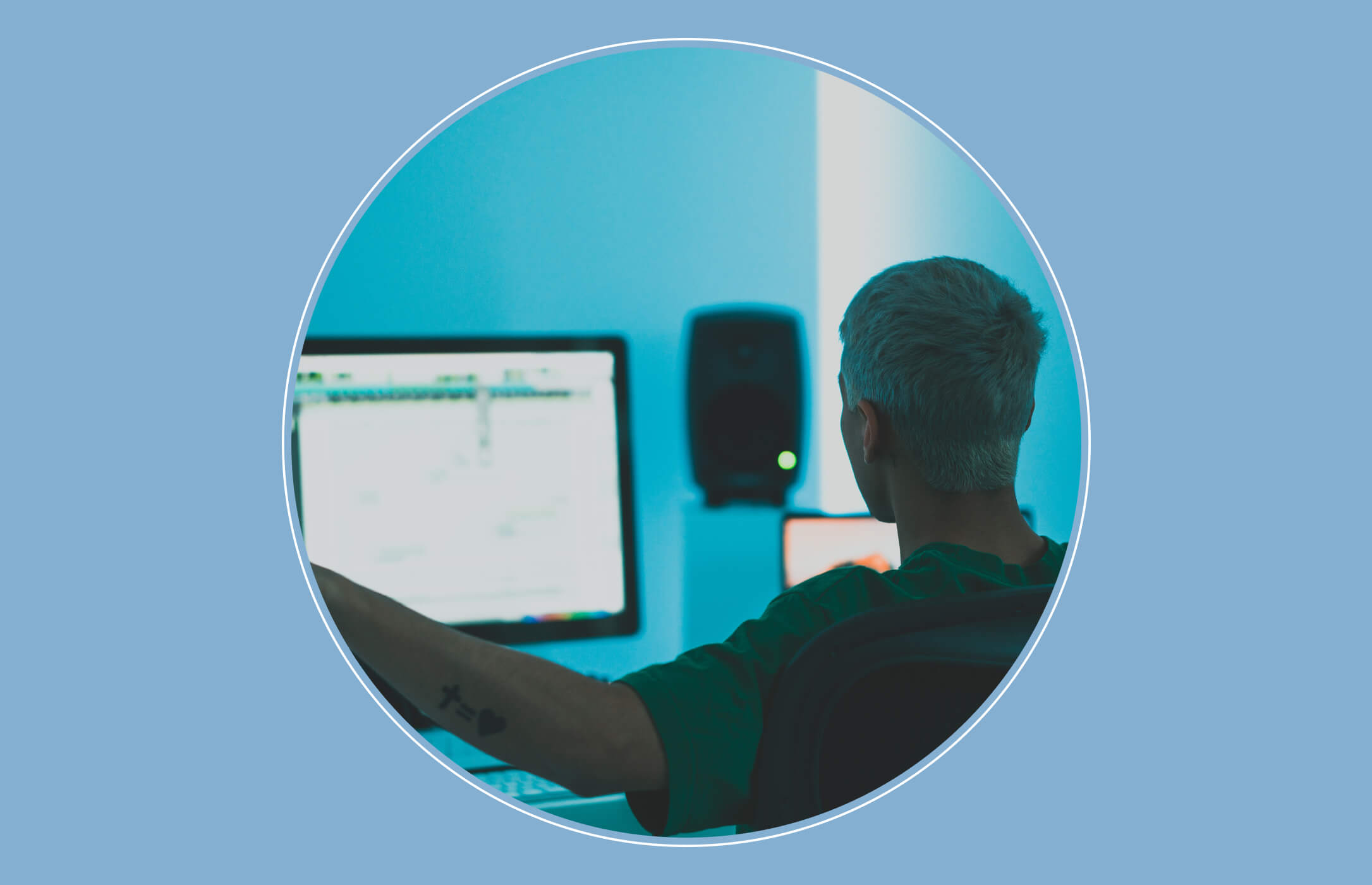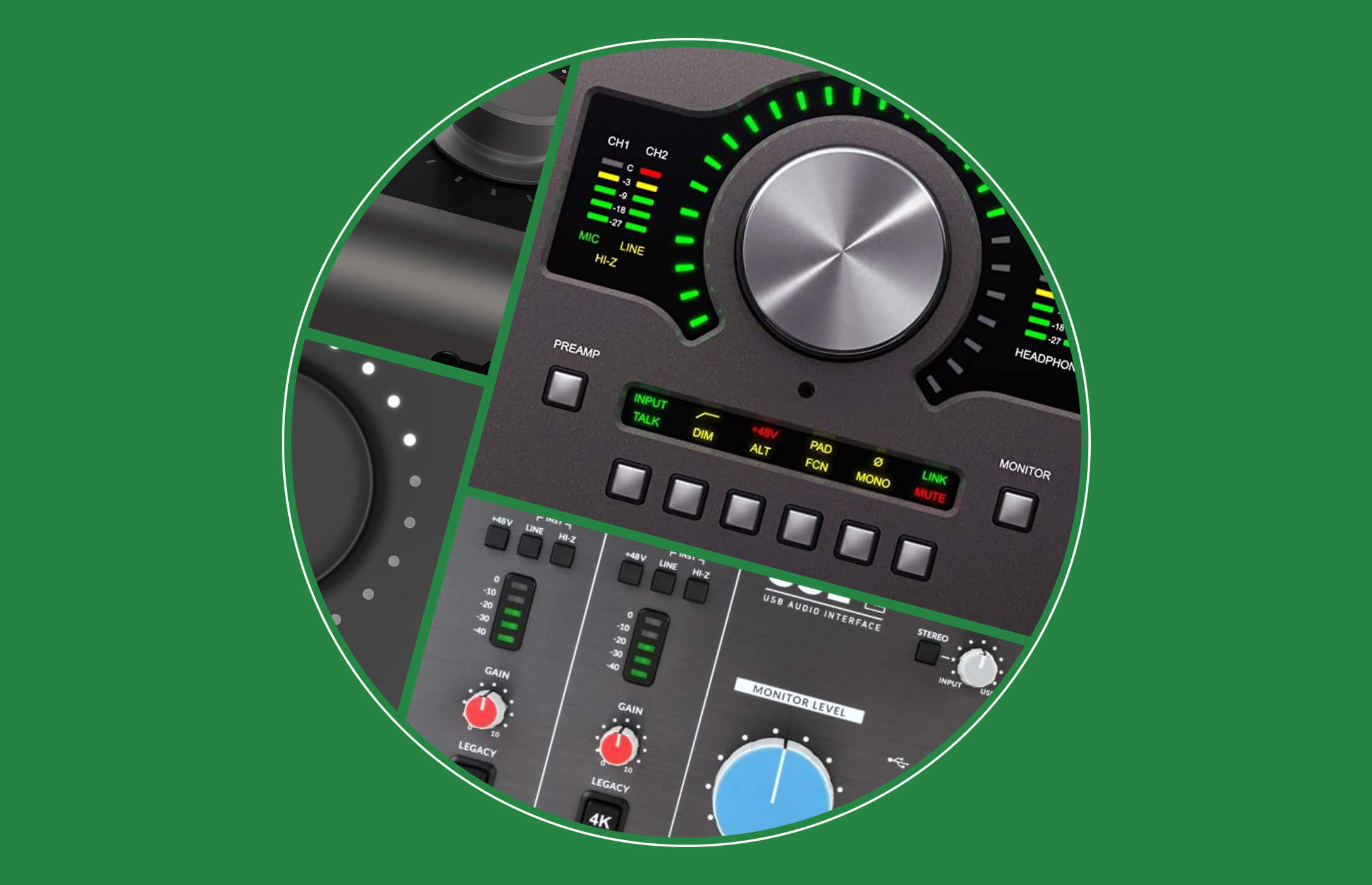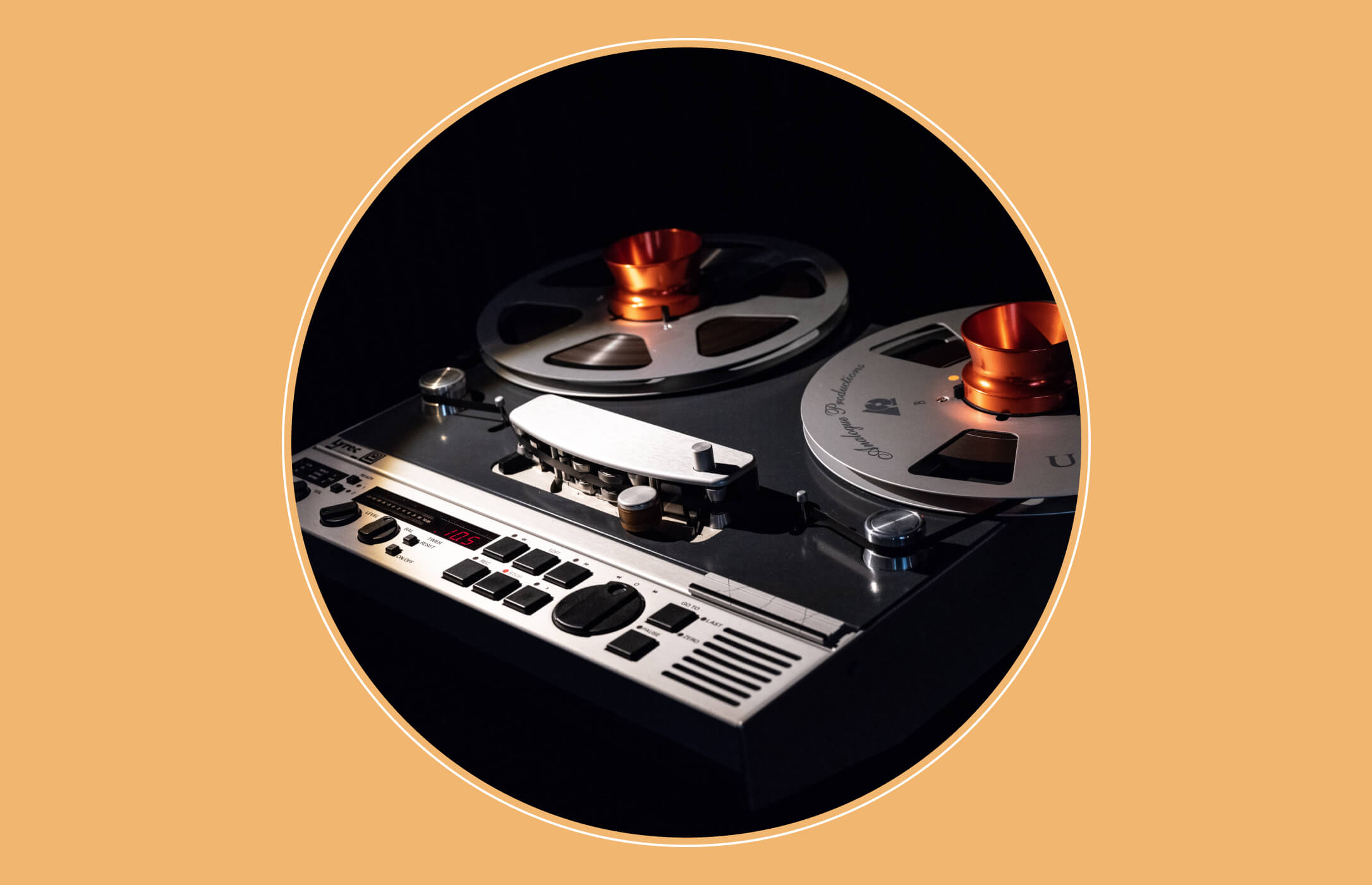4 Tips for Using a Reference Track in Mixing
If you’re a mixing engineer or a self-taught artist/producer, you’ve definitely utilized a reference track before. There’s nothing wrong with it, but are you certain you’re doing it correctly? We gathered a few tips that we believe are crucial:
Selecting the Best One
Many times, people take the wrong path right from the start. They simply choose a random song and proceed from there. This might lead to a lot of problems!
A reference track should share two characteristics with your own track: the key and, more crucially, the pace. The pace does not have to be identical, but it does make it simpler to have a reference track that is at least in the same range. For example, if your music is an uptempo 124 bpm track, it is preferable to utilize a reference track that is also in the 120bpm area, rather than a 92bpm Hip-Hop Song.
When it comes to the key, you should be a little pickier. DIY musicians who mix their own albums sometimes utilize their current favorite song as a reference track, which may have a key that differs significantly from the one on their real record. What occurs next is that they try to replicate the great bass sound heard in the reference, but the problem is that the needed bass note was never present in the first place because their song is in a different key.
It’s preferable to mix without a reference than with one that doesn’t match the tempo and key criteria.
Take note of the volume.
There are a number of reasons why you should not mix your music into a preset mastering chain. We even published a story about it. But why are we telling you this in a place where we should be talking about reference tracks?
Although loudness normalization is slowly but steadily proving helpful in putting an end to the loudness war, most popular songs still go through traditional mastering procedures like compression and limiting before showing up in your DAW as your reference track. As a result, they will be louder than your mix, which should ideally have a peak level of − 6db.
Instead of starting to compress and restrict your track to match the perceived loudness of the reference, just reduce the volume of the reference track and proceed from there.
Don’t lose sight of what’s important.
Yes, mixing is a more technical procedure that should make your album sound more “professional.” Nonetheless, there will always be an artistic/creative component. When using a reference track, don’t lose sight of your personal idea of how the record should sound.
If you end up mixing your vocals extremely dry because your reference track suggests it, but you constantly feel like the vocals would sound amazing with reverb and delay the following day you listen to it, you’ll probably be better off adding those effects, even if it doesn’t fit the current trend. Consider what would have occurred if Post Malone’s breakout track “White Iverson” had been mixed like a regular Trap tune. Although it did not fulfill the mixing standards, the overuse of reverb was what made it unique.
Take advantage of Vollume Control
The special features of Vollume Control can be a great help for you to check your music on different sound systems and check if it sounds the way you want when played on other speakers than your studio monitors. Since you can auto-sync your music from the Vollume Control desktop app, you will always have all your tracks with you on all the devices you have Vollume Control installed on, such as your MacBook, iPhone, or Android phone.
So it makes it easy for you to test how your music sound in your friend’s car, or your friend’s headphones, etc. Download it now for free and see how its features can help you improve your sound.
In a nutshell:
Attempt to locate the appropriate reference track (tempo, key). It’s all about the levels, not the volume!
Find the perfect balance between believing your own vision and incorporating references.
Check your music on different playback systems.
Sometimes (!) it’s preferable to go without a reference track.



